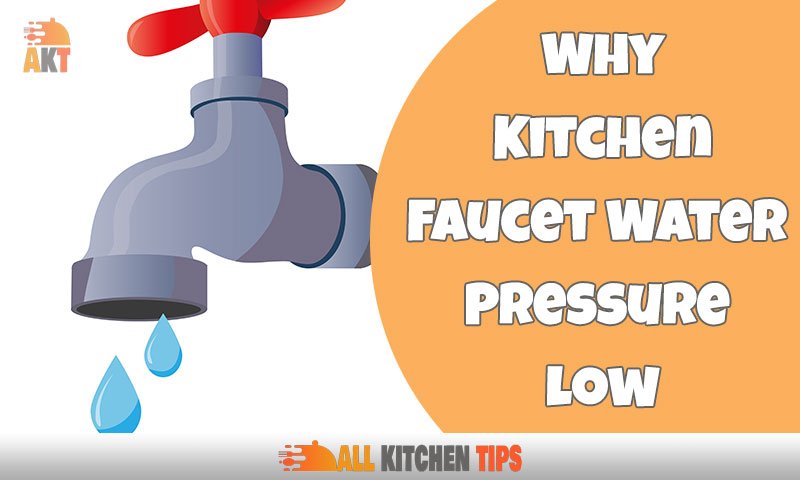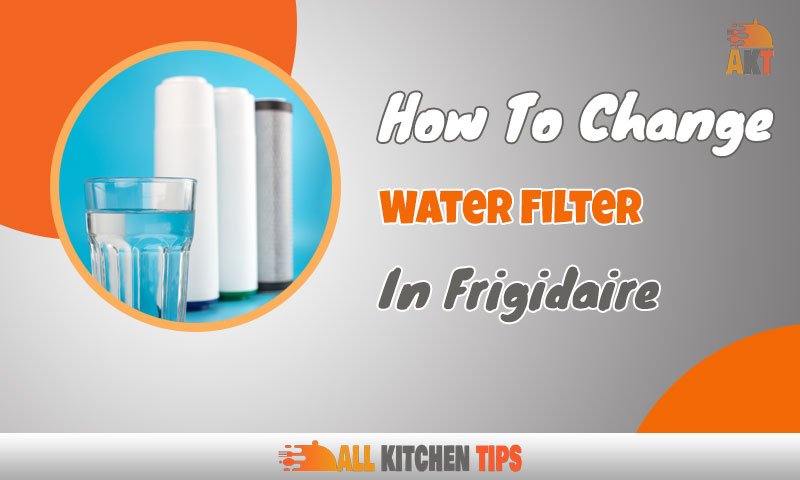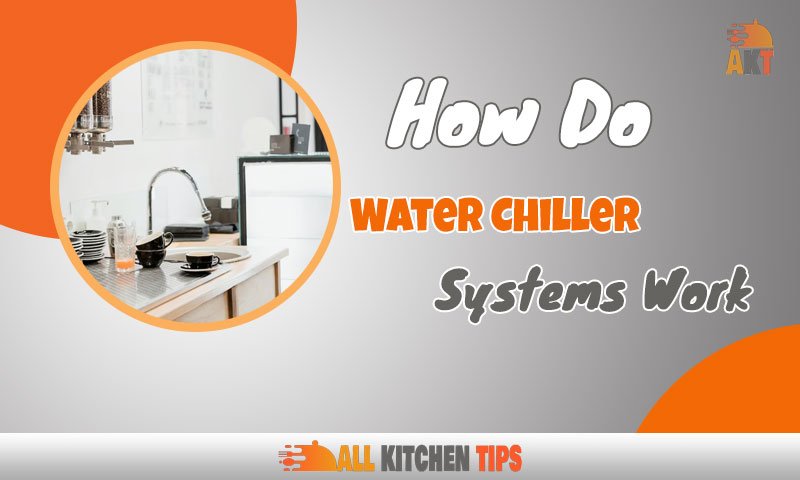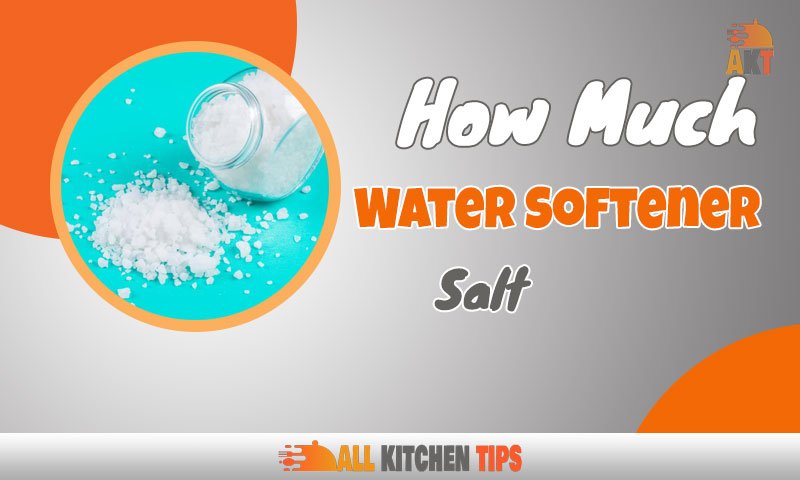Have you ever tried to wash your hands, fill a glass of water, or rinse off the dishes only to be met with a slow, weak flow of water? If so, you’re in good company. Low water pressure in the kitchen sink is a common problem, and one that can be very frustrating.
But don’t worry—help is here. In this article, we’ll walk you through how to identify and diagnose the causes of low water pressure, as well as provide easy-to-execute solutions for restoring high pressure in your kitchen faucet.
We know that being hindered by low water pressure isn’t fun, which is why we want you to understand what’s causing it and feel empowered to take action against it. So let’s get started on your journey toward high-pressure kitchen faucets.
Causes of Low Water Pressure in the Kitchen
If you’re seeing low water pressure in your kitchen, it’s likely there’s an issue somewhere along the plumbing line that needs attention. The most common causes of low water pressure in the kitchen are:
- Clogged aerators or clogged cartridges.
- Leaking pipes or faulty faucets.
- Pressure reducing valve (PRV) issues.
- Blocked supply lines.
- Corroded water lines.
Leaking pipes and faulty faucets can cause a drop in water pressure due to the loss of cold and hot water from the main supply line. The PRV is a device installed on the main line that regulates the pressure of incoming water. If it’s damaged or blocked, it won’t be able to adjust the pressure properly. Corroded or blocked supply lines can also decrease water pressure.
Clogged Aerator
Is low water pressure at your kitchen sink driving you insane? Clogged aerators can be a common cause. Aerators contain small holes that slow down the flow of water and prevent splashing. And when minerals, deposits, and debris accumulate in these holes, you end up with low water pressure.
Fortunately, there are a few solutions for cleaning blocked aerators. The easiest is to soak the parts in some vinegar or CLR for about half an hour. The acidic substances will help dissolve any mineral deposits clogging the holes and get your water flowing freely again.
If that doesn’t do the trick, there’s another home remedy you can try: Combine equal parts vinegar and baking soda in a bowl, then add 9 tablespoons of olive oil and stir until it forms a paste. Use this paste to scrub around the edges of your faucet as well as any other parts that may have built-up residue or mineral deposits. Not only will this de-clog your aerator, but it’ll also act as a faucet polish.
Water Pressure Regulator
Maybe you’re thinking, “How can I improve the water pressure in my kitchen?” Well, one option is to install a water pressure regulator. A water pressure regulator is a specialized valve that reduces the incoming water pressure before it gets to your fixtures. They’re also known as pressure-reducing valves (PRV) — but don’t worry, they don’t reduce the volume of your water flow, just the speed.
Models and Sizes
Water pressure regulators come in a variety of models and sizes. The standard residential regulator that you’d find on most kitchen faucets usually ranges in size from 1/2″ to 3/4″, but there are bigger industrial regulators that can manage flows up to 160 PSI.
DIY or Professional Installation?
Installing a water pressure regulator isn’t terribly complicated, but it’s important to make sure you get the model and size that’s right for your pipes and fixtures. If it’s not installed correctly, it won’t do its job efficiently and could damage your plumbing system. So if all this sounds like more than you want to take on yourself, consider calling an experienced plumber for help.
Clogged Supply Line
Another common cause of low water pressure is a clogged supply line. A clogged supply line can happen when there’s hard water, which causes calcium, magnesium, and other minerals to build up over time. Hair, toiletries, grease, food scraps, and even foreign objects can all contribute to clogging the line.
The good news is that you can easily fix this by draining the water lines and then using a mixture of vinegar, baking soda, and water to flush out the system. Make sure you use equal amounts of each ingredient for the best results. Start by pouring about a cup of baking soda into the drainpipe and letting it sit for a few minutes before adding the vinegar. Wait an hour or so before running the hot water tap; this should help unclog any debris that may have been stuck in the pipes.
Malfunctioning Diverter Valve
In some cases, low water pressure may be the result of a malfunctioning diverter valve. The diverter valve is usually located between the faucet and the hot and cold water lines and is responsible for controlling the flow of water to the faucet. When it wears out or breaks, it can cause the water pressure to drop in your kitchen.
You can usually fix this problem by replacing the diverter valve yourself; however, it is always best to consult a professional plumber if you are unsure. He or she may be able to assess the situation and determine the best course of action.
Another option is to check your plumbing system for leaks. Leaks in the pipes can reduce water pressure over time, and if left unfixed, they could cause major damage. Check all the accessible pipes around your kitchen, including under the sink, for wet patches that may indicate a leak. If you spot one, get it fixed as soon as possible.
Finally, it is also worth considering installing a water pressure booster. A water pressure booster works by increasing the pressure of the water as it enters your home, thereby improving the flow throughout your kitchen. This is often a better choice than simply opening up the taps to full-blast, as this can cause water waste and potentially damage your plumbing system.
Hopefully, this article has shed some light on the many causes of low water pressure in your kitchen and given you a few solutions to try.
Leaky Faucet or Pipe
If none of the above solutions are successful, then it might be that the low water pressure is being caused by a leaky faucet or pipe. When a pipe or faucet starts to leak, it can reduce the overall pressure in the pipes, negatively affecting the water pressure in your kitchen.
To fix a leaky pipe, you will need to turn off the water supply and remove the old piping. Then, check the pipe for any cracks, warps, or other damage. If the damage is extensive, you may need to replace the pipe entirely. Once the new pipe is installed, turn the water supply back on and check for any leaks.
For a leaky faucet, the process is slightly more involved. You will need to first remove the faucet, then clean and dry the area. Inspect the faucet for any cracks or damage, the washers for any signs of wear, and the nuts and bolts for any rust. If any components need to be replaced, then do so, and then reassemble the faucet back into place.
Finally, if the water pressure is still low, you may need to consider replacing the whole faucet system. Make sure to consult with a professional plumber to ensure that all the components are compatible and that the installation is done correctly.
Low water pressure in the kitchen can be caused by a variety of issues, but with the right diagnosis and the.
People Also Like: Investigating Why Your Microwave Makes Sparks Continuously
Conclusion
Low water pressure in the sink can be a frustrating issue – and it’s a common one at that. Fortunately, there are a few steps you can take to identify any underlying issues, and address them. Whether you have old leaking pipes or blockages in the appliance, there is likely a solution that will get your water pressure back to normal.
Before you start troubleshooting, it’s best to get professional advice. If you can’t figure out the issue yourself, or don’t feel comfortable attempting the repair, it’s always best to contact an expert in plumbing.
In the end, low water pressure in the kitchen sink can be caused by a wide range of issues, from blockages to leaking pipes. With simple troubleshooting, and a bit of research, you can identify and address any underlying issues and get your water pressure back to normal.





